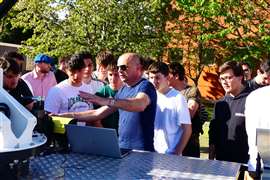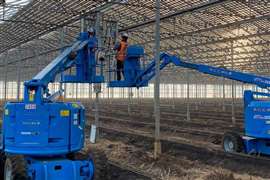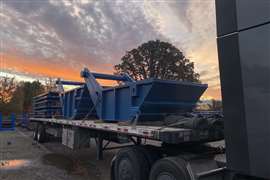Covid-19 and construction
15 February 2021
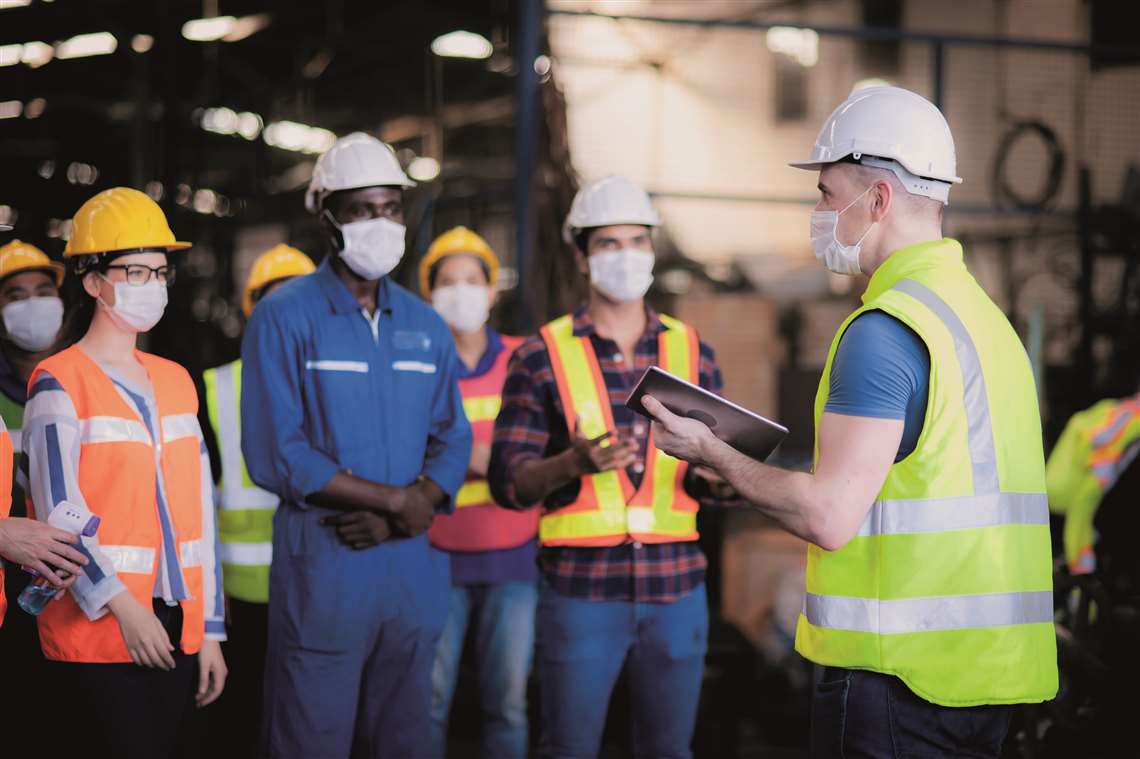 Covid-19 has impacted many areas of construction
Covid-19 has impacted many areas of construction
Even though construction has not been as badly impacted by the Covid-19 pandemic as some other industries, the impact has been real and, in some cases, devastating. For example, a survey of US contractors by the Associated General Contractors of America revealed that just under 60% of firms report they had projects scheduled to start in 2020 that have been postponed until 2021 while 44% had projects cancelled in 2020 that have not yet been rescheduled.
Businesses have lost work due to the pandemic, from contractors having jobs cancelled to OEMs seeing a drop in equipment sales. It has also changed the way that construction sites operate. At its most basic level, social distancing is being employed and the tracking of staff – both ensuring that they really need to be on site in the first place and are keeping social distancing – has never been more important. Building off-site, such as modular construction, and the use of technology to perform tasks remotely have also increased.
Jim Goff, vice president of Jacobs comments that, “Covid-19 has triggered unprecedented challenges and accelerated changes for the construction industry, including a widespread shift to remote working and the need for spatial distancing and tracking of movements for critical workers on-site.”
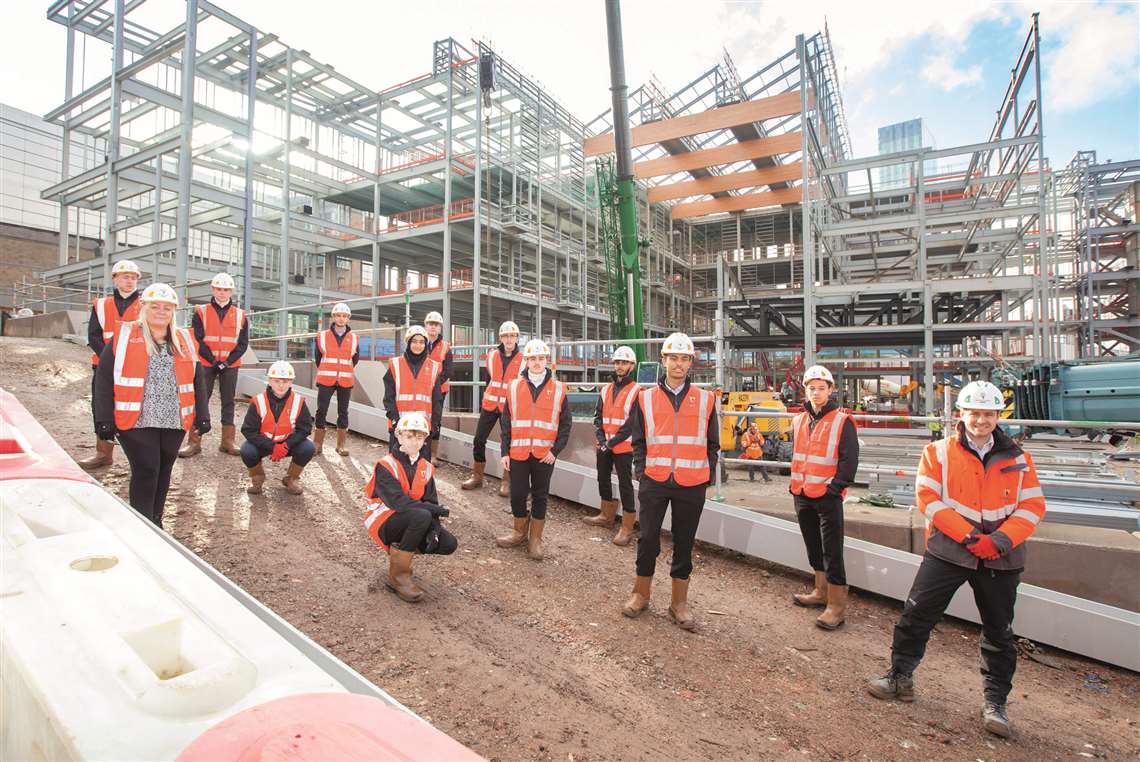 Willmott Dixon is co-developing a course for construction students – how will Covid- 19 impact the next batch of workers entering the industry?
Willmott Dixon is co-developing a course for construction students – how will Covid- 19 impact the next batch of workers entering the industry?
Many in the industry feel that one of the things that the pandemic has done is to act as a ‘force accelerator’ for the adoption of new technology. Nick Gibb, deputy managing director for the Midlands, from contractor Willmot Dixon comments that, “In some ways, this has just been an acceleration of something we were already doing; home working and video conferencing for example.”
 Nick Gibb from UK-based contractor Willmot Dixon
Nick Gibb from UK-based contractor Willmot Dixon
There has been an increased use of technology already available – think video conferencing – but also the use of existing technologies for a different purpose, to solve a problem that the pandemic has brought about. As Gibb explains, “One of these has been the adoption of Matterport camera scanning for site progress reviews. Driven by the need to keep projects on track but also to limit access to site and exposure to risk, our teams use Matterport cameras, the technology for walking through spaces on Google Earth for example, to record and host online building tours.
“This replaces the need for it to happen on site itself and allows remote access and visibility, creates a greater understanding of spatial arrangements, and can also be used for design problem solving or end-user familiarisation. Not only is this solving the challenge, but it is also showing us better and more efficient ways of working.”
This sentiment is echoed by Goff from Jacobs, who says that, “The pandemic has also served as a catalyst for enduring and widespread adoption of digital technology, resulting in a transformation in project delivery. We continue to leverage digital technologies and remote working tools to maintain business continuity with the majority of our people working from home.
“Using video streaming, augmented reality, drone and sensor deployment to perform site assessments, inspections and assist in equipment maintenance and plant operation, we can collaborate deeply with our clients while connecting our experts globally to provide solutions in real-time.”
New technology to the fore
Another example of a contractor using new technology was recently announced with the news that Balfour Beatty, in collaboration with construction workforce technology specialists MSite, has adopted a mobile phone application to improve the health and safety of employees across 60 of its sites in the UK.
Downloaded directly onto employees’ mobile phones, the app provides each employee with a digital identity, enabling contactless entry to site using biometrics. The technology also reduces the need for employees to touch surfaces when entering sites, as well as collecting data to monitor attendance levels.
The app uses Bluetooth technology to alert users when they come within two metres of another device, helping the workforce to adhere to Covid-19 social distancing measures on site. Additionally, the app gathers data to help identify potential activities which require closer working, allowing operations to be planned in advance to either remove or mitigate this risk in line with Balfour Beatty’s Covid-19 Site Operating Procedures.
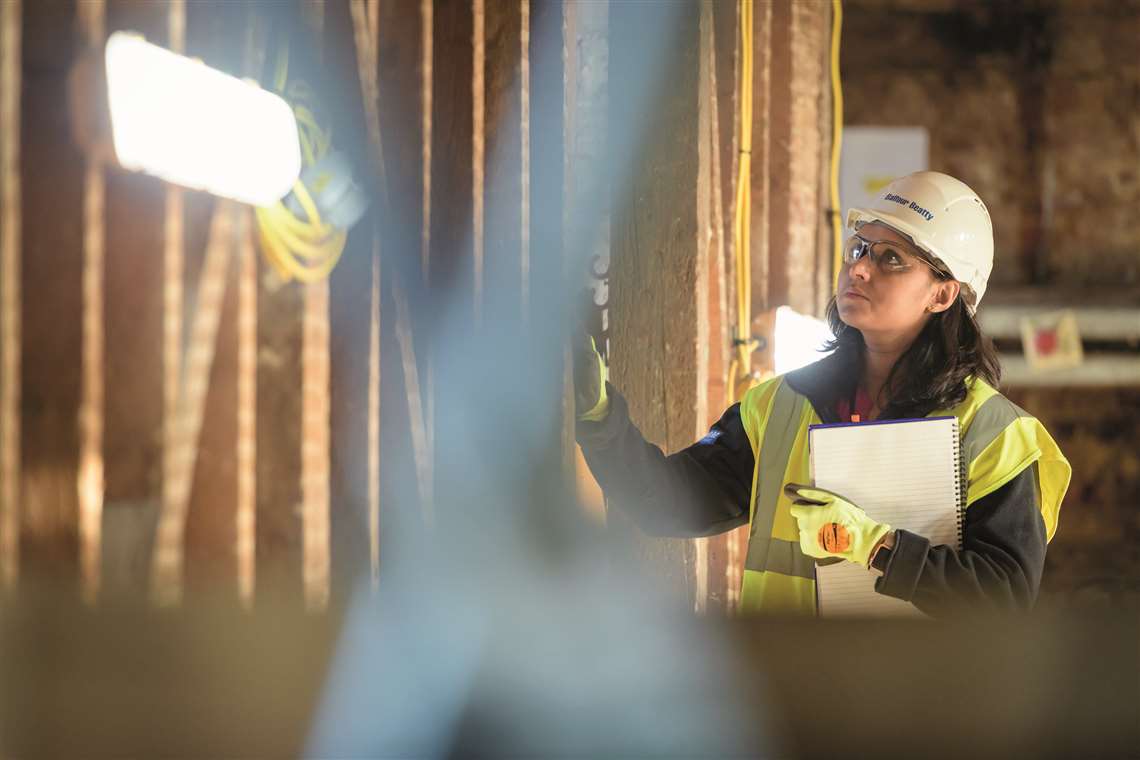 Balfour Beatty has launched a mobile app to help keep workers safe
Balfour Beatty has launched a mobile app to help keep workers safe
Balfour Beatty and MSite are currently investigating how the app can evolve further still, utilising Bluetooth technology to notify employees when they enter exclusion zones around plant equipment on site and therefore helping to make sites safer still.
Chris Johnson, Balfour Beatty chief technology officer, commented that “The Covid-19 pandemic has catapulted us into a new digital era as we have adapted with agility to introduce and embed new ways of working.
“This application combines Balfour Beatty’s unrivalled knowledge of the construction industry with MSite’s specialist digital insights and ability to rapidly deploy technology on mass. This application will ultimately contribute to keeping our employees safe and is a paradigm shift in digitising site operations to improve productivity through streamlined processes.”
New technology such as described above, have helped the industry adapt to challenging times, and Alexander Greschner, CSO of the Wacker Neuson Group, says that customers have become more open to new solutions. He says, “We see some positive aspects on the customer side: They have generally become more open to innovative solutions – in particular to the possibilities of digitalisation and electromobility.”
A change for buildings?
Even when the pandemic is over, some things will remain forever altered. One of these will be the increased adoption of new technology but another is that home working will surely not completely disappear.
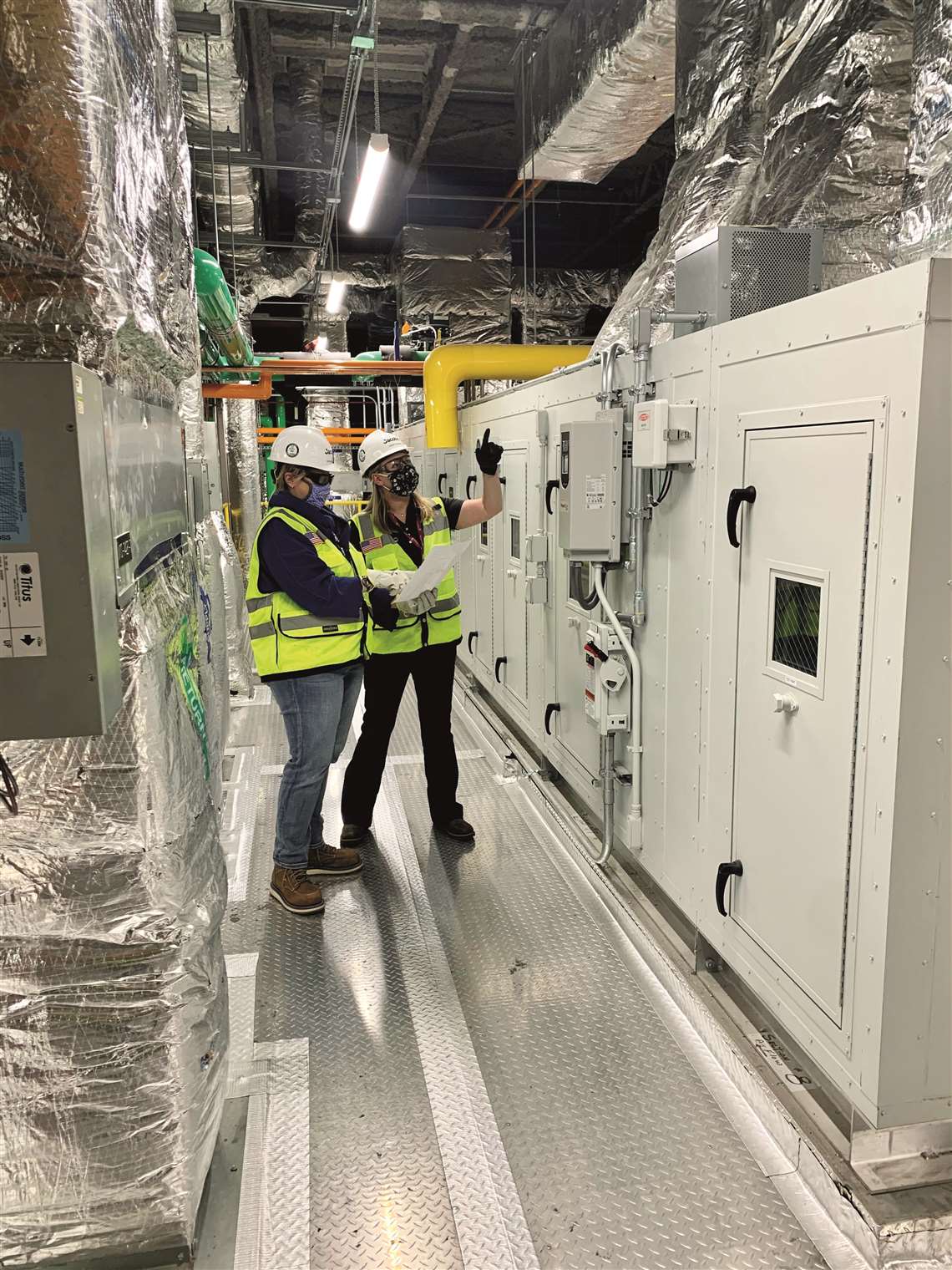 Jacobs Engineering’s Lindsay Gerding and Mayme Brusoe reviewing the installation of an air-handling unit during the retrofit of an AstraZeneca facility
Jacobs Engineering’s Lindsay Gerding and Mayme Brusoe reviewing the installation of an air-handling unit during the retrofit of an AstraZeneca facility
Wacker Neuson’s Greschner agrees, saying that, “Wherever possible, employees have increasingly been working from the home office – in some cases up to 100%. The possibility of working from home will certainly be used even more in the future, even though we made home office possible before the pandemic, too.”
Even though home working will become more common for many – and may lead to a decrease in the construction of office space – workers will return to office buildings in cities around the world to some extent. It may be that in future office buildings – and others, such as sporting venues and transport hubs – are built with different requirements than before Covid-19. For example, in the middle of 2020 it was announced that the city of Chicago, US, was slated to see the completion of what is reported to be the world’s first commercial building specifically designed for a post Covid-19 world.
 Jim Goff, vice president of Jacobs says that Covid-19 has made the movement tracking of workers on-site crucial
Jim Goff, vice president of Jacobs says that Covid-19 has made the movement tracking of workers on-site crucial
Located in Chicago’s Fulton Market District is a 12-storey, office and retail building which will be among the first multi-storey office buildings to employ airPHX (‘air fix’) non-thermal, plasma technology throughout to help reduce cross-contaminant risks and provide employees with cleaner air and work surfaces. This airPHX technology is currently used in hospitals and dental clinics, and reports say on-site testing has shown reductions of 90% to 99% of viruses, bacteria and mould.
The team implemented key structural changes, including the installation of Canada-based MAD Elevator’s Toe-To-Go elevator system, which utilises foot-activated call buttons for a hands-free elevator experience, reducing the spread of germs.
While it is highly unlikely that the majority of new buildings will be as influenced by Covid-19 as the new build in Chicago mentioned above, changes will happen. According to Jacobs’ Goff, “As we continue to adapt to ongoing challenges brought on by the pandemic and changes in how we work, it’s likely many businesses may abandon or contract bricks and mortar investments. This should increase data center demands and retrofits of existing spaces. Having witnessed the pandemic’s impact on mass gatherings, many facilities may also be re-imagined to provide better operability with enhanced social distancing.”
Gibb from Willmott Dixon says that most of their design partners are looking at how designs may change in the future and that they expect design standards to change and adapt in the future to reflect the impact of Covid. He also makes the point that changes to building designs need to reflect different working and living arrangements.
“Home and distance working, for example, is sensible and should be something that continues beyond Covid. It has many benefits, including reduced downtime, better life balance, reduced transport and CO2 emissions. We are still going through an extreme circumstance and whilst an agile approach to work – a balance between office, home and site is the future, building designs will need to adapt to reflect a different need now.”
|
‘Smart’ PPE 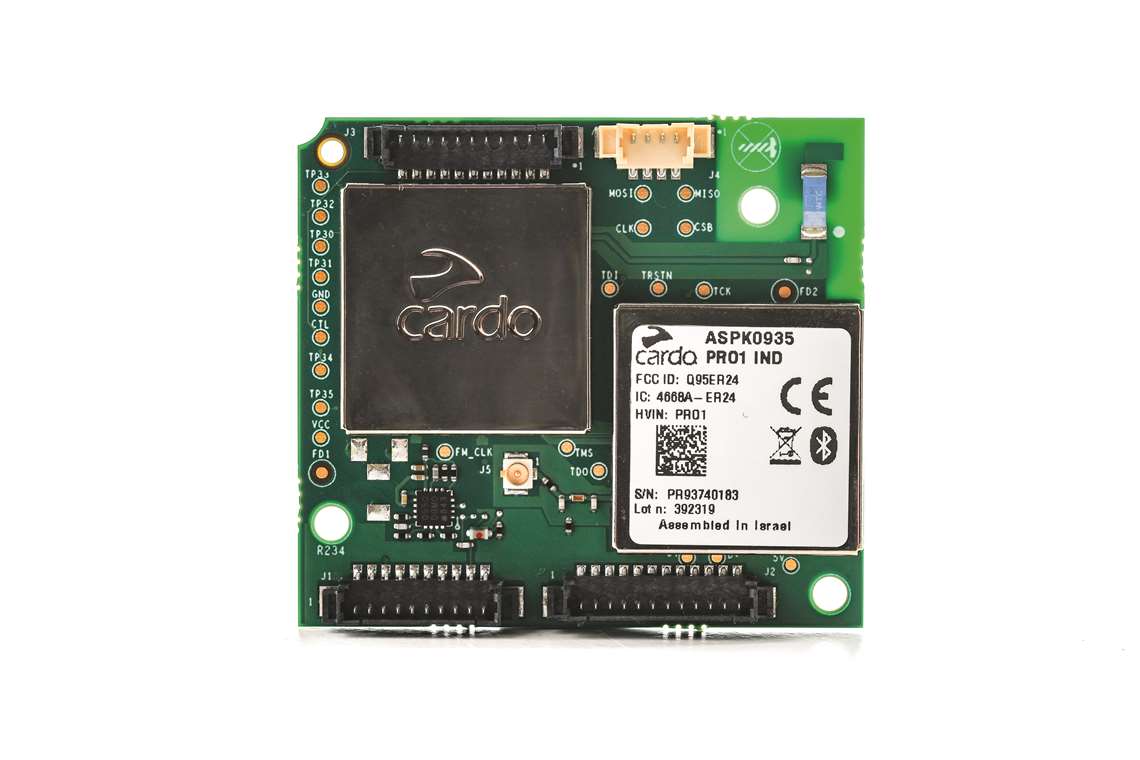
Helmets and headsets can be outfitted with built-in hands-free mesh communication technology A little over one year ago, terms like ‘social distancing’, ‘lockdown’ and ‘self-isolation’ were alien concepts. Today, they form part of the ‘new normal’ and many industries, including construction, are trying to accommodate in their day-to-day operations. The impact of the Covid-19 pandemic has been felt acutely in all corners of the business world, and while the construction industry was allowed to carry on as an ‘essential service’ in large parts of the world the impact on supply chains, cash flow and workforces has been far-reaching. According to says Shachar Harari, head of Cardo Crew, construction sites are no stranger to personal protective equipment (PPE), but equipment such as helmets and headsets can now be outfitted with built-in hands-free mesh communication technology. Mesh communication networks are self-sufficient and said to be more dependable than existing solutions, such as Bluetooth. That means the ability to communicate travels with the construction team, wherever they go, instead of being anchored to a base-station or fixed-line network. The PRO-1 from Cardo Crew is a compact, lightweight mesh communication module that can integrate with existing PPE such as helmets, visors and ear guards, turning basic PPE into smart communication devices that can keep entire teams connected without the need for any physical interfacing. It could be that so-called ‘Smart PPE’ eventually becomes as common as hard hats and non-slip surfaces on construction sites. |




